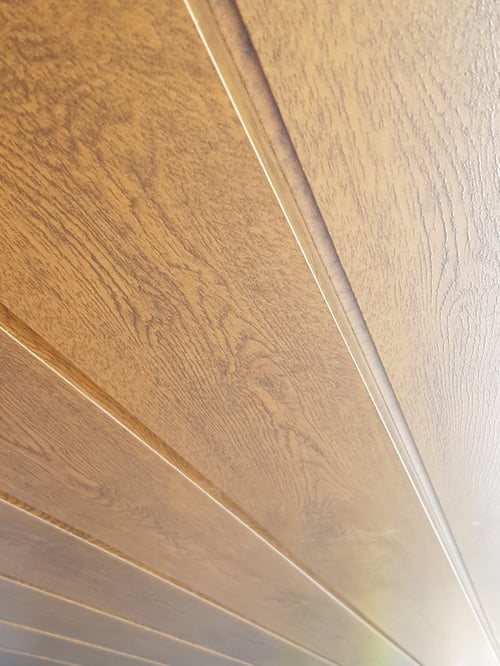After a tough couple of years for the residential construction sector, COVID-fueled impacts are presenting a whole new raft of challenges and pressures for the property industry.
However, one of the most serious pressures impacting high rise domestic dwellings, pre-dates COVID by years yet it has often been ignored and misunderstood. The issue is waterproofing, which many experts say presents an even greater issue than ‘at risk’ or non-compliant cladding.
Independent and government studies from around the world - including Canada and New Zealand - have documented that the scale of the problem can affect up to 30% of any nation’s high-rise housing stock.
Here in Australia, failed waterproofing is the most common defect nationally and while the total cost of building defects nationwide is expected to top $6.2 billion in the last decade, weather and water damage issues accounted for $1.4billion of that total; and it’s a bill largely picked up by residents and insurance companies.
And because insurance is perhaps the most significant lever affecting facade compliance, it is imperative that all in the facade approval chain fully understand the code and requirements.
Many people think - or hope - that the waterproofing issue is satisfied by waving the mandated AS4284 waterproofing test report. However, this is not the case!
For a building’s facade to be compliant, it is critical to review the respective test reports and - in the case of weatherproofing - make sure the detailing and pressures are relevant to each specific project you are undertaking. In other words, the AS4284 paperwork is not proof of compliance.
As a national leader in facade solutions, Fairview has conducted research and extensive independent testing of its products’ waterproofing performance and, now, has engineered unparalleled performance weather-proofing systems with several of its key products.
Under independent tests at a NATA-approved testing laboratory, three Fairview products - Stryüm, Vitracore G2 and Vitradual - all exceeded the minimum testing requirements as well as the best-attempt results attained by any of its key competitors’ products.
Highlights of the shower and pressure tests conducted in Q1 of 2020 - in a specially built chamber with one clad wall - delivered stunning performance results. A key measurement in the waterproofing testing is the air pressures - which gauges the cladding systems ability to prevent leakages under skyscraper-height wind conditions. All of the 2020 independent system tests proved that the three Fairview products performed well in excess of the NCC Verification Method, which nominates up to 2.5kPA, as a performance target.
These NATA-standard results accurately assess the ‘Serviceability’ attributes of three diverse Fairview cladding products, showing superior performance to almost any other product on the market. In fact, during ultimate testing, Vitradual actually withstood the highest pressures the testing equipment could generate (4.5kPa) so its real attributed pressures could actually have been higher.
Remember, these simulation tests use sprinklers and air pressure to bombard the cladding systems to determine their resistance to moisture and water ingress. And all three passed with flying colours, which is testament to the work done by Fairview’s innovations and solutions teams who specialise in designing products and systems that don’t just match code, but significantly exceed code requirements.
So, in conclusion, building and facade cladding is all about compliance. And what too many industry professionals are overlooking, is that compliance is about much more than combustibility or flammability.
Architects, builders, certifiers, developers and even facade manufacturers and suppliers mustn’t mistakenly think that compliance is found in a piece of AS4284 documentation. The existence of an AS 4284 test report is, in all truth, insufficient for insurable compliance.
For while the products may have satisfied AS4284 to some level, they may not have achieved the required pressures and detailing for a project. Every discreet project will have a ‘Serviceable wind-load pressure’ and an ‘Ultimate wind-load pressure’, which must be known in order to ascertain whether a particular product can be used on a specific building.
In these recent NATA certified standards, three key Fairview products have performed considerably better than virtually all others, which means they are the best choice for your facade.
And remember, if your project or building insurance excludes non-compliant cladding and the cladding system leaks, insurance is not going to cover it. And it’s not going to cover you either!
Ashley How, Technical Manager, Fairview Ashley.how@fv.com.au




